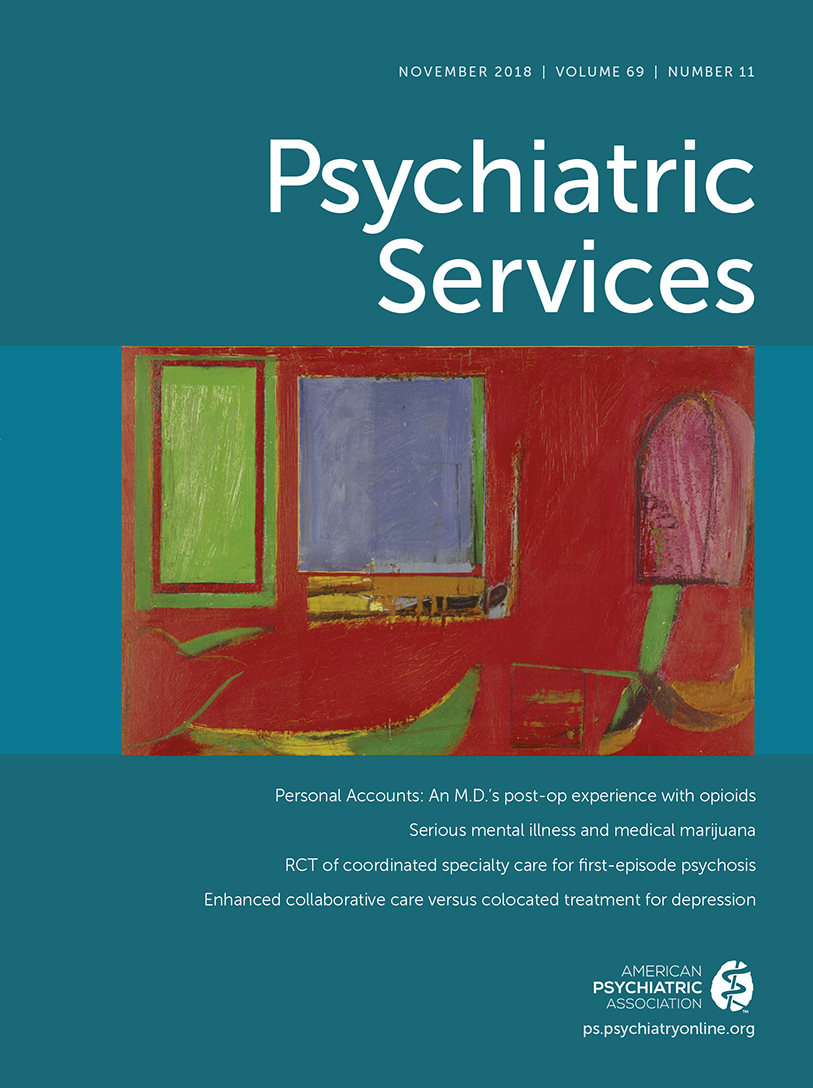Impact of a Care Management Entity on Use of Psychiatric Services Among Youths With Severe Mental or Behavioral Disorders
Abstract
Objective:
Care management entity models have a positive impact on functioning and symptom control among youths with serious emotional and behavioral disorders. However, little is known about whether treatment benefits are sustained after discharge. The study objective was to examine the association between enrollment in a care management entity and mental health outcomes during the year after discharge.
Methods:
Data from care management entity administrative claims were linked with Medicaid claims for youths enrolled in a care management entity anytime from December 2009 through December 2013. Inverse probability treatment weighting was used to balance baseline characteristics between the youths enrolled in the care management entity and a comparison group. Study outcomes were psychiatry-related hospitalizations and emergency department (ED) visits during the year after discharge. Two models were used to compare the two groups, one modeling the probability of using any psychiatric service and one modeling the number of visits for each outcome among users of either service.
Results:
After adjustment with inverse probability treatment weighting, 2,381 youths (care management, N=488; comparison, N=1,893) were identified. Care management was associated with a significantly lower likelihood of any psychiatry-related ED visit (odds ratio [OR]=.65, p=.017) and any psychiatric hospitalization (OR=.60, p=.011). No significant differences in outcomes were observed when the comparison was limited to users of services.
Conclusions:
Reduced use of psychiatric inpatient and ED services among youths enrolled in a care management entity was sustainable after discharge. Multiagency collaboration is needed to enrich the ability to assess outcomes across broader domains.



